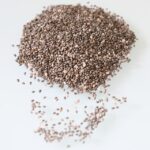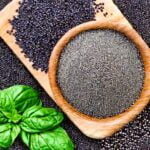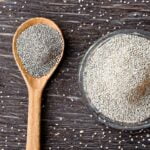Salvia hispanica, commonly known as the chia plant, is a flowering plant in the mint family that is native to Mexico and Central America.
The plant is typically grown in regions with warm, sunny climates and well-draining soil, such as Mexico, Guatemala, and Nicaragua. Chia seeds are also grown in other parts of the world, including South America, Australia, and parts of the United States.

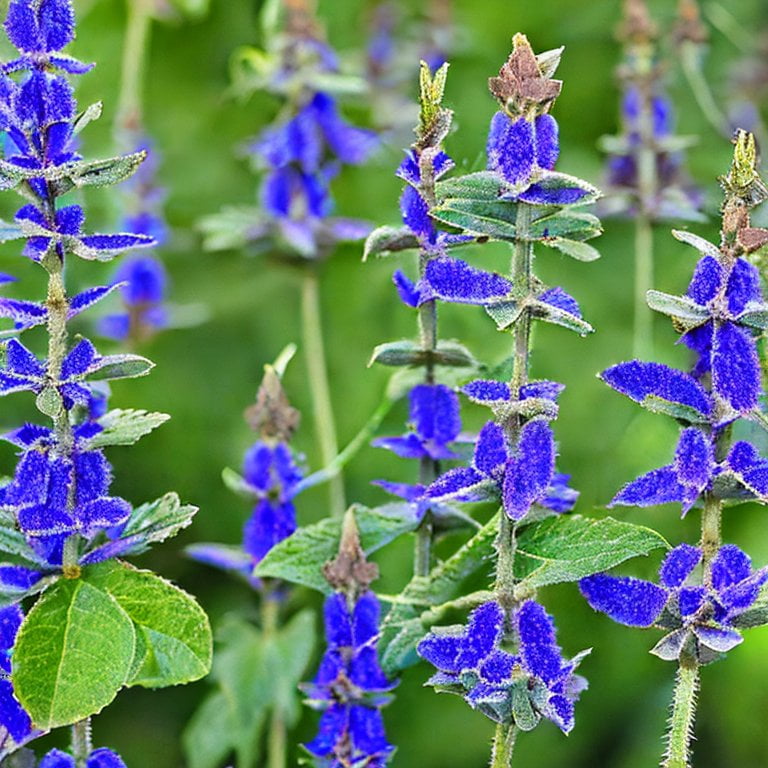
The chia plant is an annual herb that grows to a height of about 2-4 feet and has small, purple or white flowers. It thrives in warm, sunny climates and is typically grown in regions with well-draining soil. The chia plant is drought-tolerant and can be grown with minimal watering, making it well-suited for dry regions.
Chia seeds are typically harvested from the chia plant when the seeds are fully mature, which is typically around 120-140 days after planting. The seeds are typically harvested by hand, although some farmers may use machines to assist with the process. After harvesting, the seeds are cleaned and dried before being processed and packaged for sale.
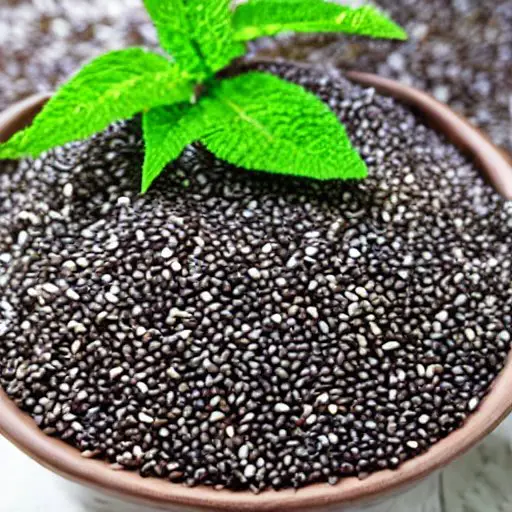
Chia Plant Uses
The chia plant is typically grown for its small, edible seeds, which are highly nutritious and have been used as a food source for centuries. While the chia plant itself is not typically eaten, the leaves of the plant can also be eaten as an herb and are believed to have anti-inflammatory properties.
Chia seeds are rich in fiber, protein, and omega-3 fatty acids, as well as important minerals such as calcium, potassium, and iron.
In addition to being used as a food source, chia seeds have also been used for health purposes. They are believed to have anti-inflammatory properties and are thought to be beneficial for digestion and heart health.
The chia plant has a long history of use as a food source. It was a staple food in the ancient Aztec civilization and was valued for its ability to provide sustained energy and nutrition. Chia seeds were also believed to have medicinal properties and were used to treat a variety of ailments. After the fall of the Aztec Empire, chia seeds fell out of favor and were largely forgotten until they were rediscovered in the 20th century.
In recent years, chia seeds have gained popularity as a “superfood” due to their numerous health benefits.
Are Chia Plants Invasive?
Chia plants (Salvia hispanica) are not considered to be invasive in their native range, which includes Mexico and Central America. However, they have been introduced to other parts of the world and have the potential to become invasive in certain areas if they are not properly managed.
In some cases, chia plants can spread rapidly and outcompete native vegetation, leading to concerns about their potential impact on local ecosystems. This can be particularly problematic in areas with fragile ecosystems or in regions where the plant is not native.
To prevent the spread of chia plants and minimize their potential impact on local ecosystems, it is important to follow proper planting and management practices. This may include monitoring the spread of the plant, removing any unwanted plants, and properly disposing of seeds and plant material.
Overall, chia plants are not considered to be invasive in their native range, but they have the potential to become invasive in certain areas if they are not properly managed. It is important to be aware of the potential risks and take appropriate precautions to prevent the spread of chia plants and minimize their impact on local ecosystems.
Lance has been passionate about the plant-based diet and we have been following a whole food plant-based diet for over 5 years. We focus on health, natural healing, weight management, animal rights, and the health of the planet and environment by focusing on whole plant-based foods and sustainable practices.
Learn more at the About Me page and follow on social media at the links below.

